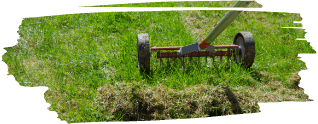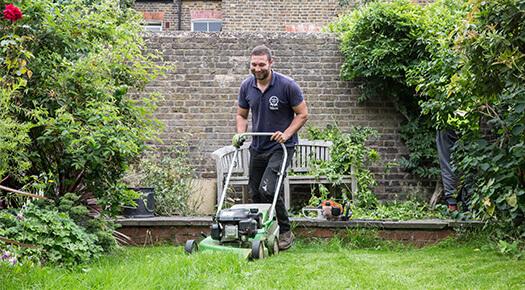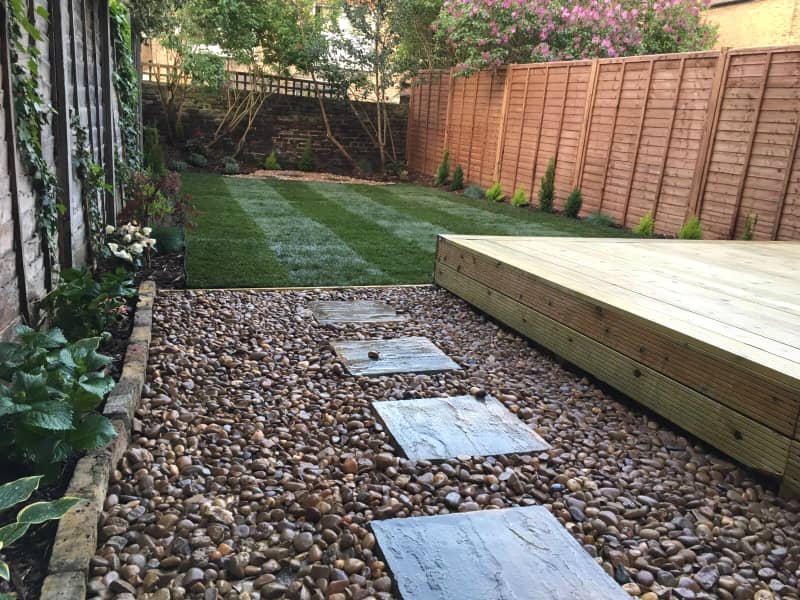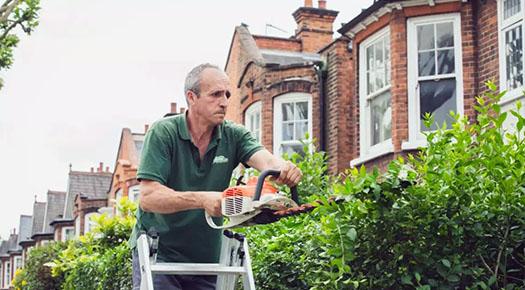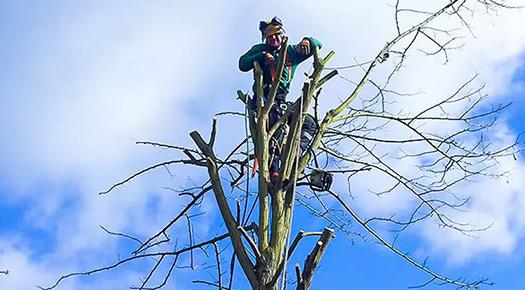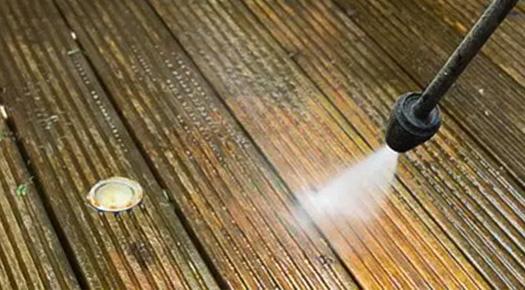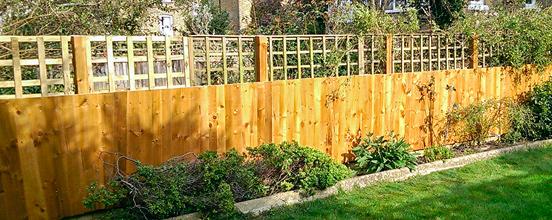Our lawn scarification service in London explained
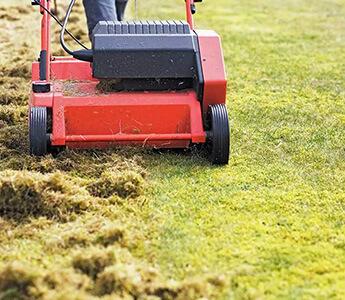
Our specialist technicians will bring professional standard pedestrian scarifiers suitable for both small and medium-sized lawns to your property. Once we arrive, we’ll thoroughly inspect the surface, and based on the time of year, we’ll perform a standard, heavy, or light scarification.
To achieve the best results we’ll need to mow your lawn prior to the service. This will ensure that the maximum amount of thatch, which prevents important nutrients, water, and oxygen from getting to the roots of your grass, can be removed. The process is performed in geometric right angles to make sure that none is missed.
If your appointment is scheduled for during the autumnal months, your lawn may need heavier scarification with two to three passes through the grass. During springtime, much lighter scarification will be required due to the drier weather conditions.
You should know that the process will create a sizable amount of green waste. We can take it away to be disposed of, if you prefer - but you’ll need to let us know beforehand.
When should I book my lawn scarification service?
The most ideal time for the process to be performed is when your soil is moderately wet, but the surface is dry to the touch. Remember, if you start scarifying too early, your grass won’t have started to grow.
Therefore, we recommend springtime onwards as the best period in which to have your lawn scarified. Light scarification will be all that’s needed during the summer months due to the more active growing period. Although your lawn will also recover quickly in early autumn.
Bear in mind, lawns made up of fine fescue grass varieties may need an additional scarifying during the year - doing this twice gives it time to get back to full health.
Your lawn will not look its best after the initial scarification and it may take up to 12 weeks for it to return to a healthy, luxuriant state. You’ll need to water your lawn on a regular basis if there’s little rainfall, and you can improve the results further by overseeding and top-dressing once it has been scarified.
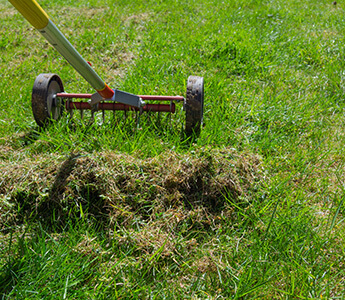
Why choose Fantastic Services to fulfill your lawn scarifying needs?
- The process will remove any dead grass and moss, and allow water to reach the soil.
- Grass scarification will help lessen your lawn's vulnerability to disease.
- Our trained and experienced local gardeners will be happy to provide you with professional lawn care advice during your service.
- You can combine your lawn scarification service in London with other lawn maintenance jobs such as aeration, mowing, or top-dressing.
Lawn scarification specialists near you:
Frequently asked questions

Have a specific gardening or plant-related question?
If so, click on “Ask now”, submit your question, attach the appropriate images and press send. Your question will be forwarded to one of our Fantastic Gardeners who will get back to you with an answer ASAP.

